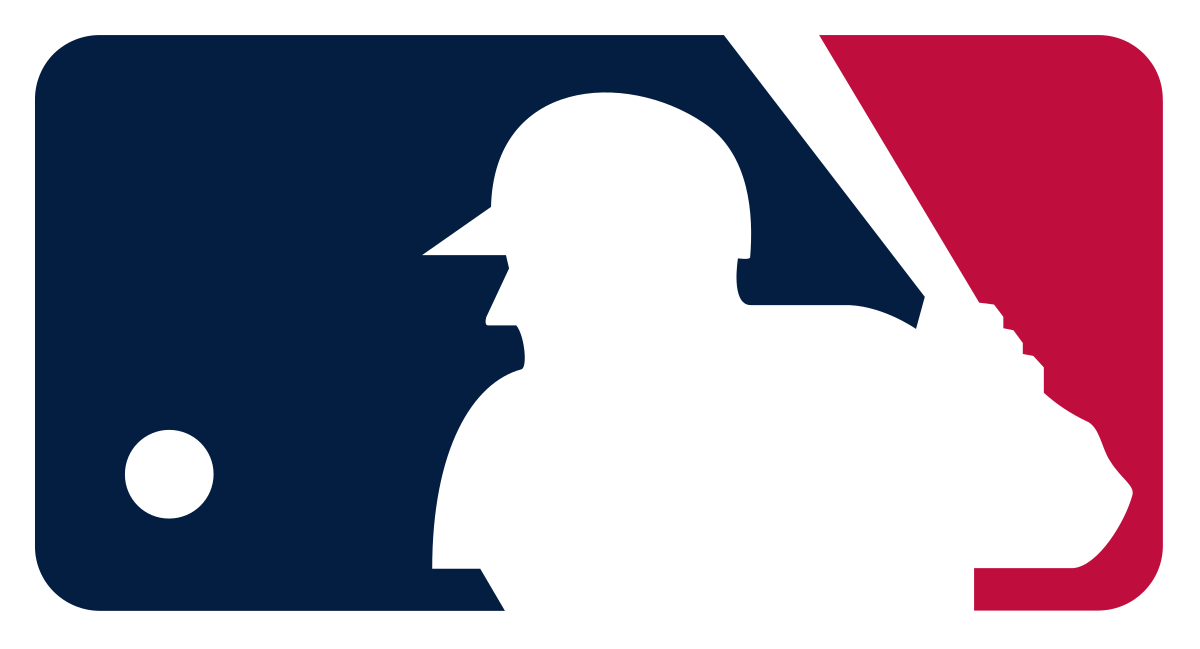

Major League Baseball is a massive entity with atomic nuances that built it. One of the most important yet less spoken-of elements is the luxury tax. This also goes by the name ‘Competitive Balance Tax’ or CBT, which poses a unique financial structure. So where is it useful in speaking of baseball?
Watch What’s Trending Now!
In the arena of sports, money plays a huge role. And that raises the question: How important is regulating this money? While putting a cap on expenditure is key, there is a certain way to do it. To maintain a balance between teams with greater funding and teams with less, CBT comes to the rescue.
ADVERTISEMENT
Definition, Application, and Implication of Major League Baseball’s Luxury Tax Threshold
The mechanism of the Luxury Tax, in essence, is a deterrent against overspending by wealthier teams as explained by mlb.com. It also enables redistributing a part of revenue to smaller-market clubs. Understanding the Competitive Balance Tax threshold requires delving into its origins, implications, and how it builds MLB’s financial landscape.
The (record-setting) numbers are in for the eight teams who paid luxury tax bills in 2023: https://t.co/NNRffHkB4s pic.twitter.com/AKazpunBK8
— MLB Trade Rumors (@mlbtraderumors) December 23, 2023
It’s time to dive deep into understanding luxury tax’s application. Each year, teams that go over a set payroll limit are subject to Competitive Balance Tax. The way to curb lavish spending is by increasing the tax rate based on how many years consecutively the team has gone over this threshold. Since this is a crucial element to consider while singing players, it is key to look at the calculations.
ADVERTISEMENT
A club’s CBT figure is established by checking the average annual value (AAV) of every player’s contract on their team’s respective 40-man roster. Also, any additional player benefits are considered. Every team’s ultimate CBT number is calculated as each season comes to a close. It’s important to highlight that when a player extends his contract, it doesn’t take effect immediately. Rather, it starts in an upcoming season.
Top Stories
Craig Breslow Told to Save Face With One Final Act Before Anticipated Red Sox Firing

Blue Jays to Show Exit Door to 3 Playoff Stars as Ross Atkins Plans Major Changes: MLB Winter Meeting Rumors

Blue Jays’ Hidden Motive Behind $37M Ex-Mets Heist Surfaces as Trey Yesavage Receives Major Boost

Blue Jays Retaliate Back on Japanese Babe Ruth Plan After Yankees & Brian Cashman Try to Sabotage Offseason Plan

Yankees & Brian Cashman Warned as Dodgers Clear Up Roster for $80M Star’s Homecoming

Watch This Story: Top 5 Asian Americans Like Shohei Ohtani, Who Dominated The US Sports With Their Exemplary Excellence
ADVERTISEMENT
This implies that the player’s Average Annual Value (AAV) for the CBT remains the same until his new agreement commences. While it’s the major rule each MLB offseason revolves around, how did CBT come into being?
The Origin of CBT and It’s Current Figures
The concept of CBT came into the picture in the 1990s. It was a part of the collective bargaining agreement between MLB team owners and the MLB Players Association. In the beginning, its primary purpose was to curb the escalating salaries that brought competitive advantage to larger-market teams. However, over time with evolving baseball economics evolved, the thresholds and penalties associated changed too. But here’s what the present-day figures are like.
ADVERTISEMENT
Read More: Chicago Cubs Stay Strong in Shohei Ohtani Pursuit, as Teams Drop Out Amidst $500M Race Lull
Teams surpassing the CBT threshold face an escalating tax rate, varying based on the number of successive years it exceeds the limit. In the first year, a 20 percent tax is applied to the excess amount. For the second consecutive year, the tax rate rises to 30 percent. Followed by a 50 percent tax levied on the overage for the 3rd or upward consecutive year. However, if a team falls below the luxury tax threshold for a given year, the penalty resets. Note that there is also a surge charge for teams going beyond the limit by $20 million or more.
ADVERTISEMENT
ADVERTISEMENT
ADVERTISEMENT

